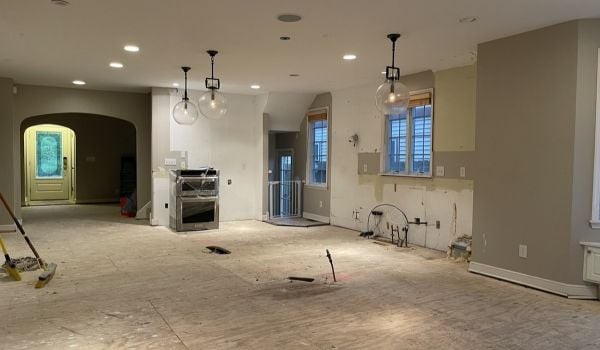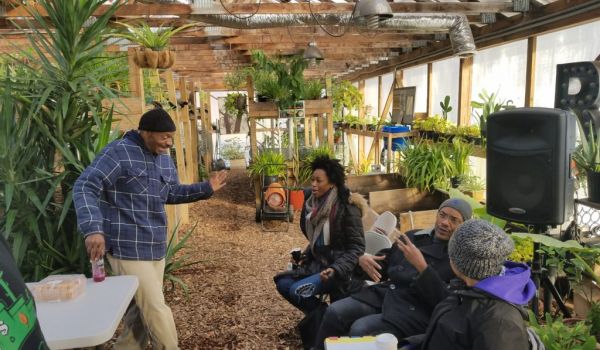This post originally appeared on Streetsblog and is republished here with permission.
The Obama administration’s Sustainable Communities Initiative was tailor-made for communities like greater Cleveland. Northeast Ohio has been sprawling for decades without adding any population, emptying out the notoriously troubled central city while the regional economy consistently underperforms.
During the last decade the city of Cleveland lost 17 percent of its population. Inner-ring suburbs didn’t fare much better, shedding five to eight percent. Meanwhile, exurban Avon — a tax haven built on cleared forests and farmland 25 miles distant from the center city — grew by 85 percent. Northeast Ohio had never undertaken a formal regional planning effort to address the rapid abandonment of its urban areas for unplanned, exurban development.
Northeast Ohio’s metropolitan planning organization, NOACA, has always been careful to seldom use the word “sprawl” in any of its documents. Its outgoing director, Howard Maier, absolves himself by pointing to the fact that state and federal law have not given metropolitan planning agencies specific powers to do land use planning. Of course, neither has the law forbidden land use planning, as many other regions can attest. (Disclosure: I have publicly criticized Maier and this policy in Cleveland, where I live.)
When HUD distributed Sustainable Communities Planning Grants a few years ago — offering communities a chance to evaluate how local transportation, housing and environmental efforts could be better coordinated — local philanthropic leaders jumped at the opportunity. The region was awarded $4.3 million to create a plan for regional sustainability over three years. Local sources also contributed $500,000.
Of course, winning a grant and mustering the political will to do some actual transformative planning are two different things. Right now there is a fierce internal struggle going on within Northeast Ohio’s Sustainable Communities Consortium (NEOSCC), and the outcome could determine whether the region puts the $5 million grant to good use or wastes a rare opportunity.
The official work of NEOSCC has been underway for more than a year now. But according to multiple sources within the organization, not much has been accomplished — at least in terms of planning. What have they been doing? Well, organizing committees, ensuring the group is in compliance with HUD regulations — essentially getting bogged down in bureaucratic busy work, the way the regional planning agency NOACA did in Northeast Ohio for decades.
Recently, NEOSCC underwent an internal reorganization in an attempt to right the ship and begin the real work of planning a sustainable future for the region. But there are differences of opinion about what the actual business of the plan should be.
NEOSCC is made up of a broad cross-section of regional interests — rural, suburban and urban officials; representatives from communities of color; highway proponents; bike advocates; environmentalists; business leaders. Younger, more progressive factions want to discuss planning tools that seem daring in Cleveland, like urban growth boundaries, while others — namely those with a long history of government service in Northeast Ohio — say it’s not even worth discussing.

Jason Segedy Credit: AMATS
Jason Segedy, NEOSCC’s chair, says he is “fighting for the soul” of the organization. The 39-year-old recently addressed the board of NEOSCC in a strongly worded email, saying that the organization was neglecting a major cause of the region’s troubles: failure to integrate land use and transportation planning decisions.
“As we enter the second decade of the 21st century, it is becoming apparent that it is time to reassess the way we have designed our urban areas for the past 60 years,” he said. “Many people today are finding themselves in a situation where they have to drive long distances whether they want to or not.”
“Our transportation system already does not work well if you don’t have a car; and if gas prices rise it will work less and less well for more and more people, including those WITH cars,” he wrote. “Virtually every person in charge of planning our transportation system and developing our land owns a car. They don’t live the reality of long tortuous three-hour bus commutes, walking through broken glass on crumbling highway shoulders (there are no sidewalks) or getting bottles thrown out of car windows at them by angry motorists [while riding a bike].”
The larger problem — the problem that has prevented Northeast Ohio from addressing its land use failures — might be that political power is now concentrated in the outer-ring suburbs or greater Cleveland. Upsetting the region’s stockbrokers, CEOs and lawyers living on half-acre lots is not something many Northeast Ohio government leaders have built a career on. This is a region that will tolerate a 50 percent dropout rate in its urban school system. But in many quarters there’s little tolerance for the suggestion of “shared sacrifice,” even if it would benefit everyone in the end.
More conservative factions within NEOSCC would probably be satisfied with an expansion of the region’s ongoing “regionalism” efforts. These efforts have focused on the consolidation of government services — merging EMS dispatching services between two suburbs, for instance, or voluntary tax-sharing agreements — aimed at reducing the incentive for one suburb to poach businesses from other municipalities with tax breaks. These incremental changes would represent a real improvement over the status quo but fail to address the underlying policy framework that has so disadvantaged established communities compared to new ones.
That underlying dynamic could not be more antithetical to the concept of sustainability. Each decade produces a new, farther flung community that replaces a closer-in community from which it draws residents and resources, without offering any assistance in managing the fallout. Each iteration of this trend hobbles transit, weakens urban school systems and entrenches segregation.
It’s not yet clear that NEOSCC has even agreed that the revitalization of the central city and its surrounding communities is an important regional goal — although a profusion of evidence says it should be. There are still influential people in Northeast Ohio who argue that low-density development patterns are a competitive advantage. Compared to whom, it’s not clear. The closest cities with any real density advantage over Cleveland’s urban areas are Chicago and New York, the kind of places that benefit from the outward migration of Northeast Ohio’s talent and businesses.
The whole situation reminds me of one of the more important premises from Jared Diamond’s bestselling book, Guns, Germs, and Steel. This sweeping account of world history posited that some civilizations declined not because they lacked access to important new technologies (weapons, agriculture, etc), but because it was not in the best interest of the ruling class that the society adopt the new technology.
Regions around the country are adopting a new “technology” — land use planning — to make their cities cleaner, more efficient, healthier and more equitable. Will greater Cleveland reject this new technology – like the Aborigines of Northeast Australia rejected bows and arrows — and further resign itself to becoming a once-great but fallen empire?
Angie Schmitt is the author of Right of Way: Race, Class and the Silent Epidemic of Pedestrian Deaths in America, which was published in August by Island Press.

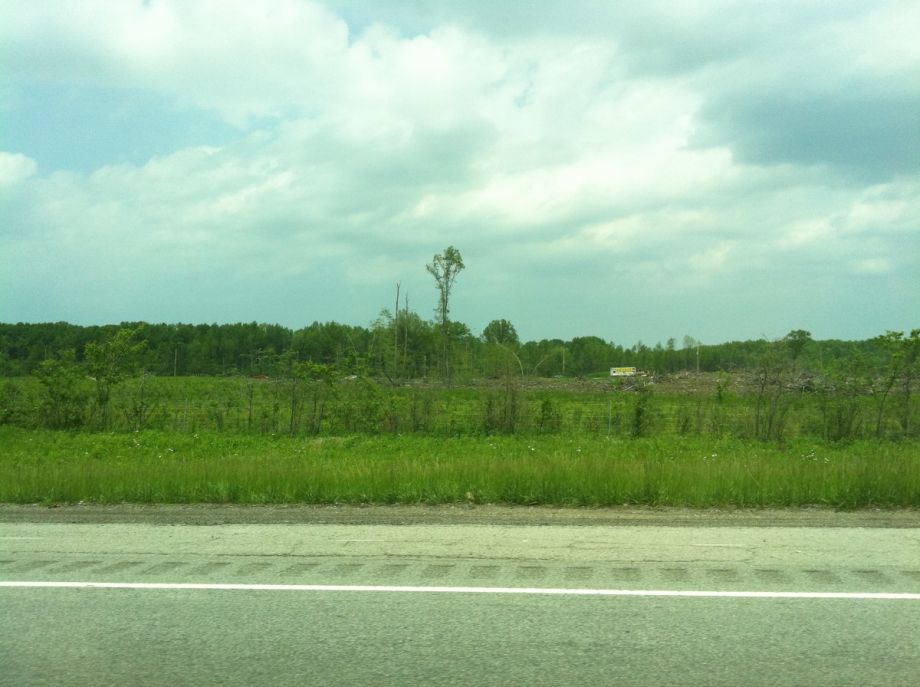
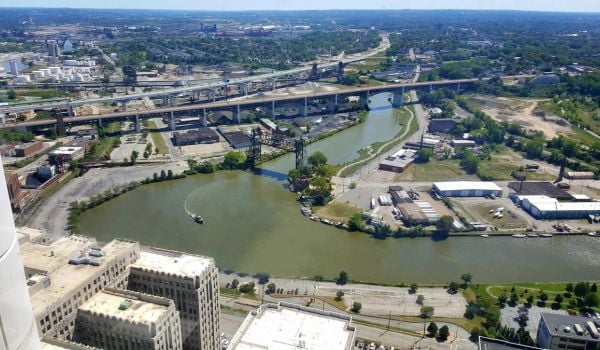
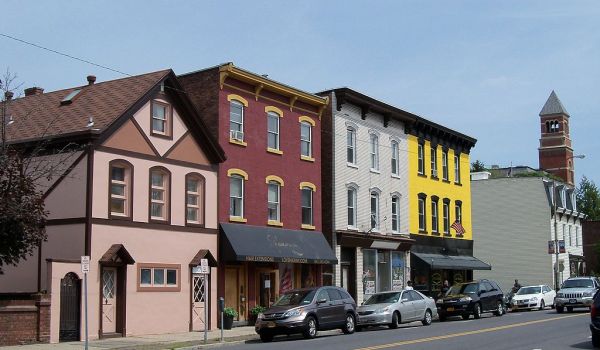
__Sean_Corrigan_from_Cleveland_Sews_(center)__and_Paula_Coggins_from_Oh_Sew_Powerful_(right)_sew_leftover_banners_from_the_NFL_Draft_into_handbags_-_photo_by_Sophie_Kannberg_600_350_80_s_c1.jpeg)

